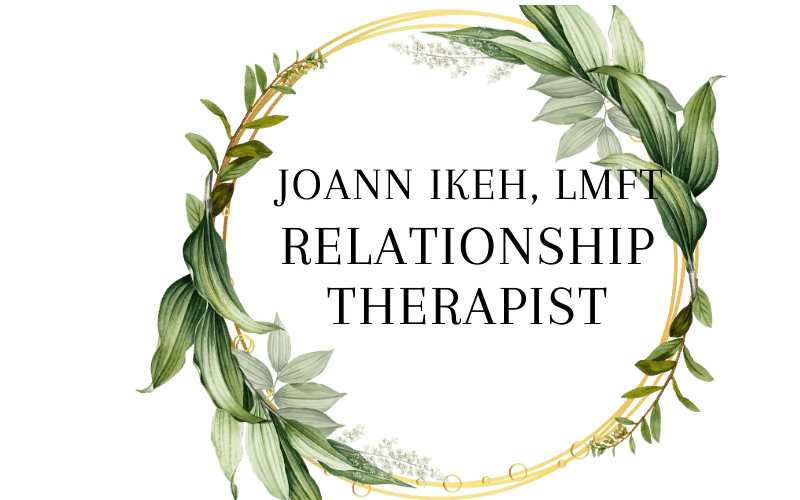Healing from Heartbreak: A Therapist’s Guide
Breakups can feel like emotional earthquakes—disrupting your routine, clouding your self-worth, and shaking your sense of safety in the world. Whether the heartbreak comes from the end of a long-term relationship, a painful situationship, or the dissolution of a marriage, the pain is real—and you don’t have to go through it alone.
As a licensed therapist specializing in relationship healing, I’ve walked alongside countless clients as they’ve grieved, rebuilt, and rediscovered themselves after heartbreak. If you're wondering how to move on after a breakup, this guide offers insight, compassion, and practical tools for emotional healing.
Why Heartbreak Hurts So Much
Heartbreak isn’t just emotional—it’s physiological. The brain reacts to relationship loss much like it does to physical pain. Your nervous system may be in survival mode, leading to sleep problems, appetite changes, brain fog, or even symptoms of depression and anxiety.
Understanding that your reaction is normal and valid is the first step in healing from heartbreak.
1. Let Yourself Grieve
Grief is not a weakness—it’s a sign that you were emotionally invested. Suppressing your feelings may seem helpful in the short term, but unprocessed grief often resurfaces later as anxiety, anger, or unhealthy relationship patterns.
Therapy Tip:
Name your feelings. Journaling or saying aloud “I feel rejected” or “I feel betrayed” helps bring clarity and lowers emotional overwhelm.
2. Set Boundaries with Your Ex
Whether you’re co-parenting or trying to go full no-contact, creating emotional and physical boundaries is critical for healing. This includes unfollowing or muting them on social media, not checking their online activity, and limiting communication to essential topics only.
Therapy Tip:
Ask yourself: “Does this interaction move me forward or pull me back?”
3. Reconnect with Yourself
Heartbreak often creates an identity crisis. Who am I without them? What do I want now?
Rediscover the parts of yourself that may have been sidelined. Explore hobbies, friendships, or passions that bring you joy and help redefine your purpose beyond the relationship.
Self-Care Ideas:
Try a new class or creative outlet
Take yourself on solo dates
Spend time in nature
Read or listen to healing podcasts
4. Break the Pattern
Many clients find themselves repeating similar relationship dynamics, like chasing emotionally unavailable partners or losing themselves in codependency. Healing from heartbreak is an opportunity to break unhealthy relationship cycles.
Therapy Insight:
Ask yourself:
What did this relationship teach me about my needs?
What red flags did I overlook?
What boundaries do I want to set going forward?
5. Reach Out for Support
You don’t have to navigate heartbreak alone. Whether it’s through trusted friends, a support group, or relationship therapy, talking about your pain can be deeply healing. A licensed therapist can help you process your emotions, rebuild your self-esteem, and explore new patterns for healthier love in the future.
Final Thoughts: Healing Is Not Linear
Some days you’ll feel empowered and hopeful. Other days, a song or memory might knock the wind out of you. That’s normal. Healing from heartbreak is not a straight line—but every tear, every boundary, every act of self-love brings you closer to peace.
Ready to Heal with Support?
If you're struggling with heartbreak and looking for compassionate, personalized support, I offer individual relationship therapy online for residents of Florida, Virginia, and California. Together, we can unpack the pain, understand the patterns, and begin your healing journey.
Contact me at joannikeh@joannikeh.com or visit www.onlinecouplecounseling.com to schedule a free consultation.


